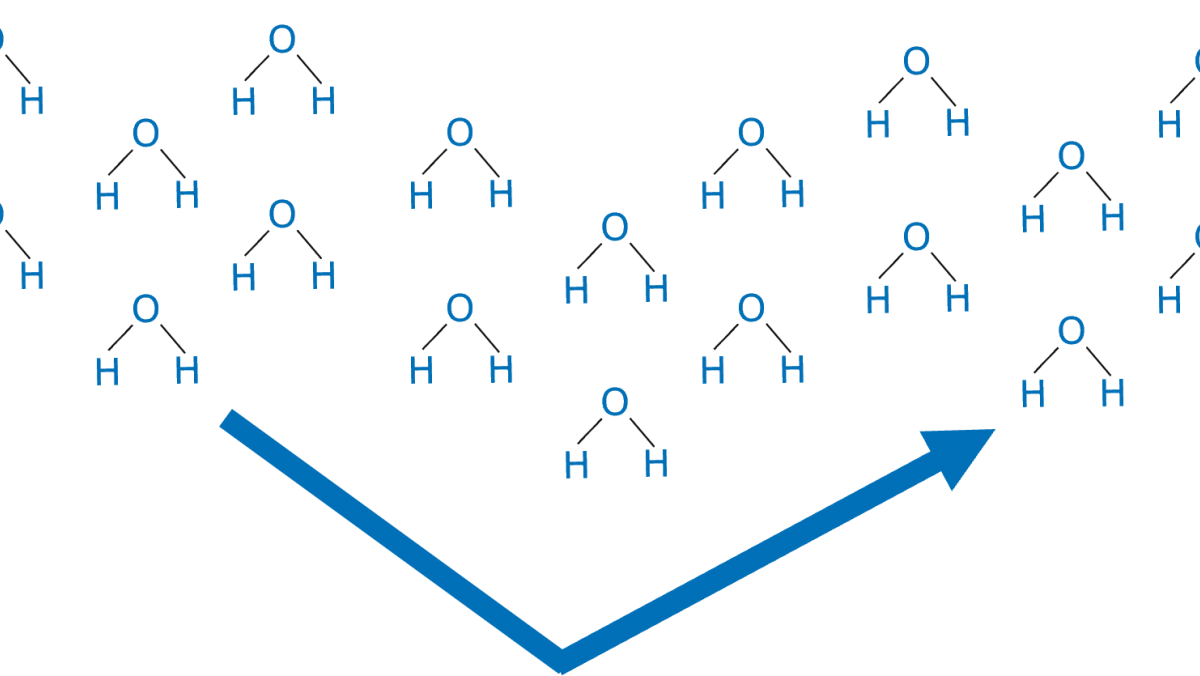Reducing food waste through optimal barrier properties
While most food loss occurs in the home, there’s a lot corporations can do to help consumers cut down on waste. Reducing food loss is part and parcel of a circular economy and encompasses several different approaches. In order to extend shelf life of food products, companies can carefully evaluate sell-by and use-by dates, aim for optimal supply chain and storage conditions and inform customers about the impact of food waste.
However, one of the most effective ways of combating waste is avoiding food spoilage in the first place, which according to research, is responsible for up to two-thirds of waste. Alongside the approaches mentioned above, high-performance packaging solutions protect goods from damage during transport and storage while shielding them from oxygen, moisture, aroma compounds, contaminants and/or light. High-performance packaging not only protects goods from contamination and spoilage, it also keeps them looking fresh and appealing.

This level of protection is obtained through optimal barrier properties, which are assessed using two main measurements: Oxygen Transmission Rate (OTR) and Moisture Vapour Transmission Rate (MVTR). Contrary to what one may think, exemplary barrier properties don’t necessarily involve multiple materials or laminates containing plastics and aluminium foils. Nissha Metaliizing Solutions’ METIVO line offers recyclable vacuum metallized paper-based solutions for a range of packaging applications, including flexible packaging for dry food and beverage powders, candy chewing gum and chocolate and ice cream wrappers.
*image: MVTR barrier paper repels moisture.